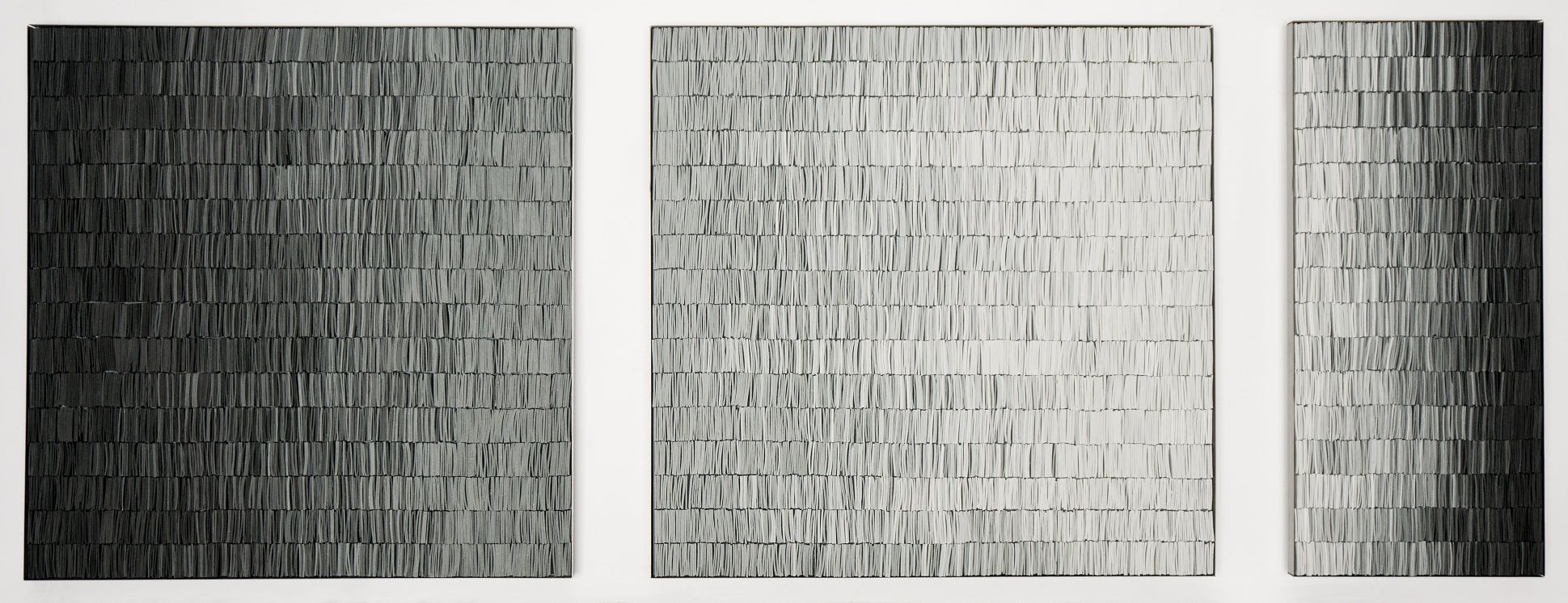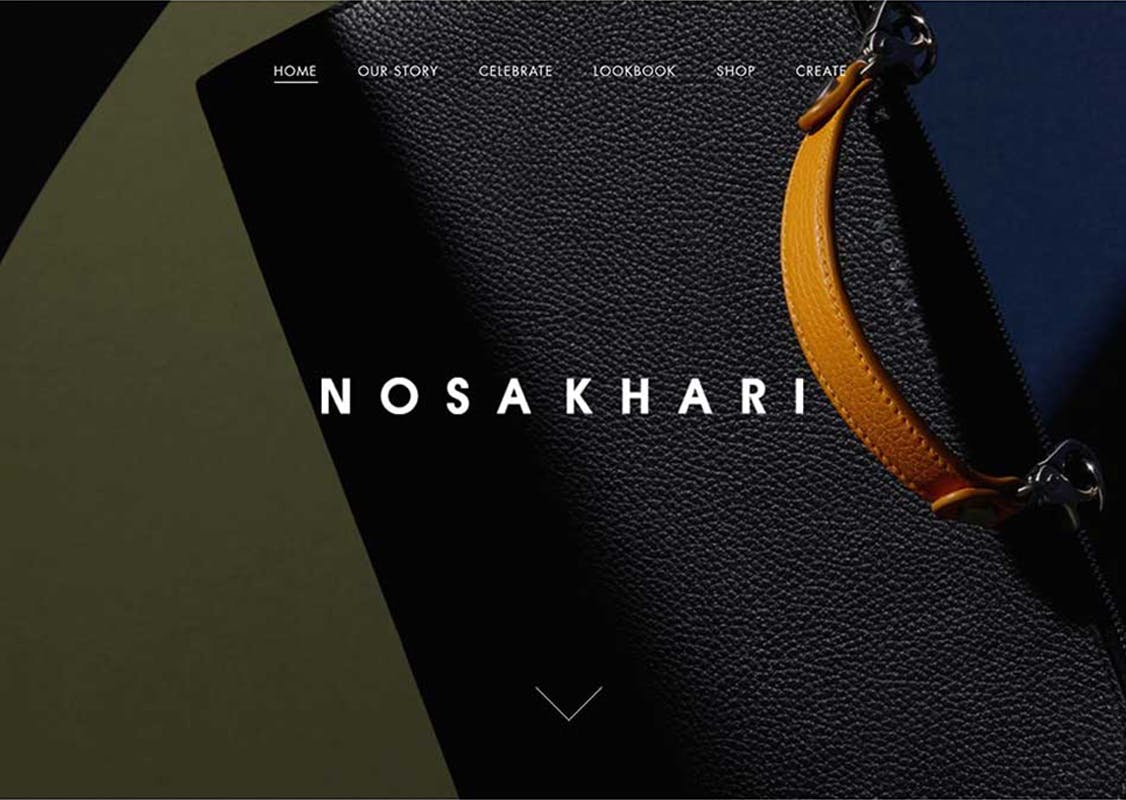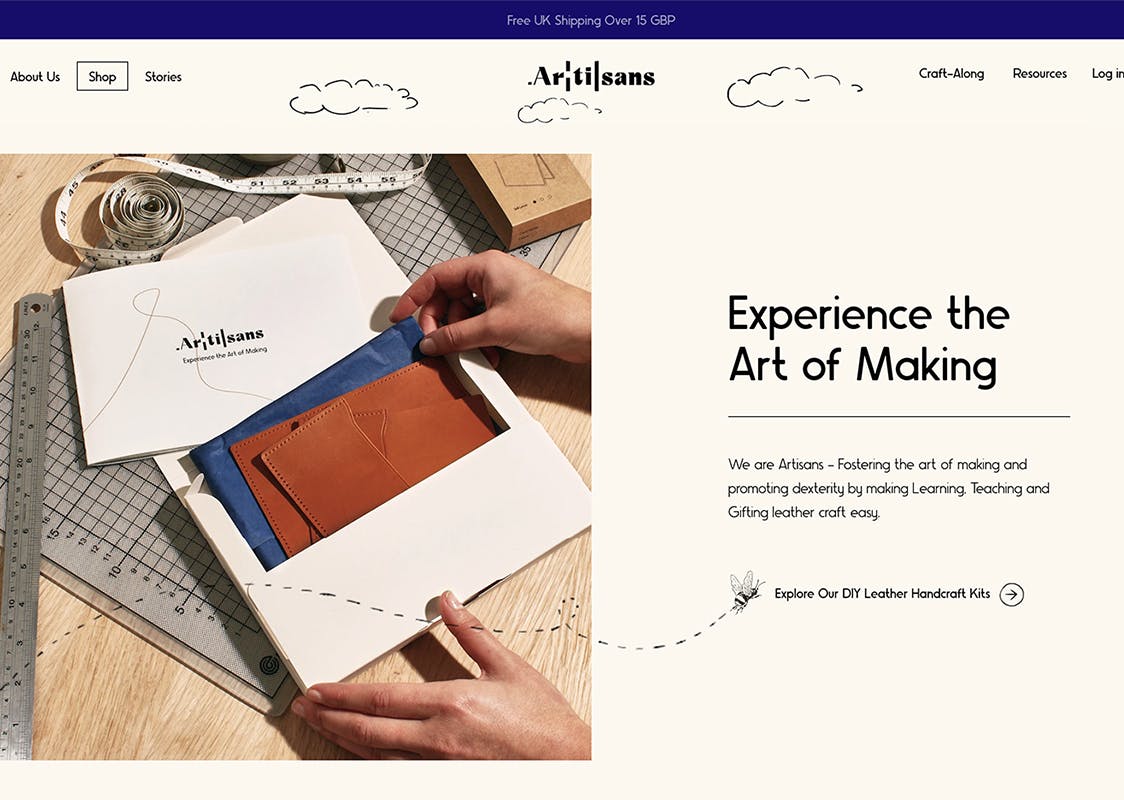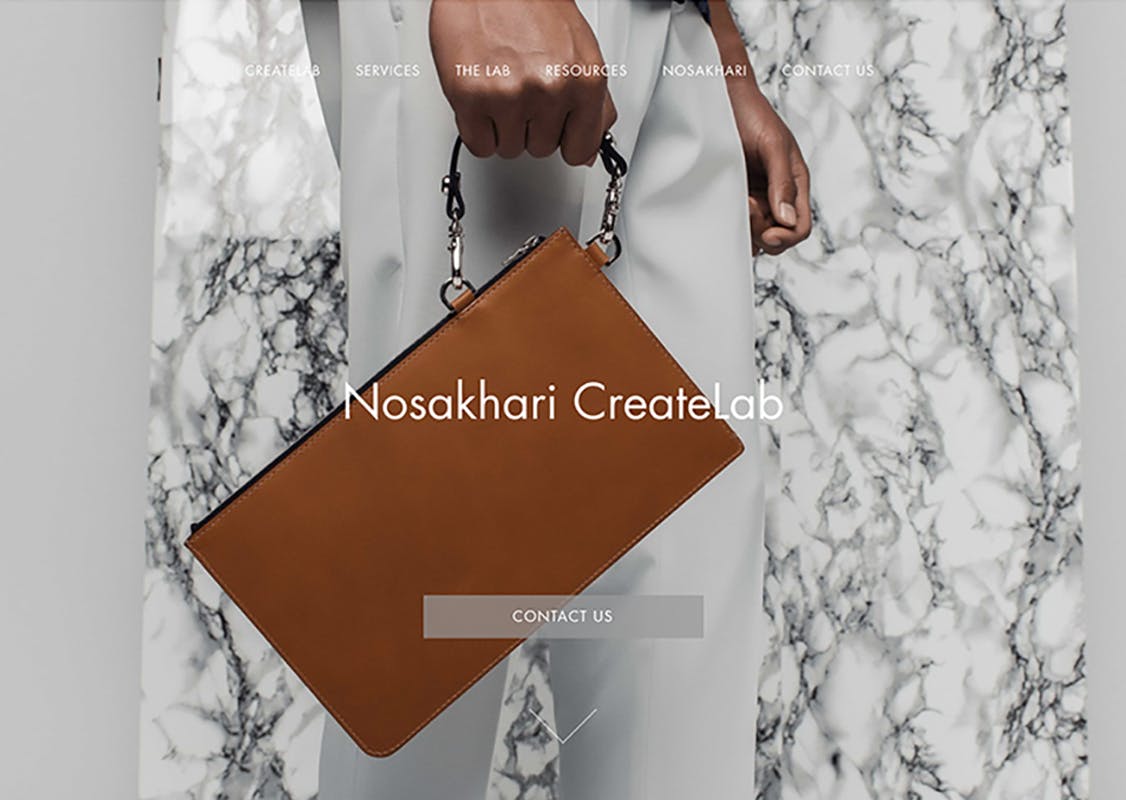
Talented filmmaker and ceramicist Lucas Ferreira discusses the influence of film on his creative processes with clay, why he celebrates irregularity and imperfection, and what his craft has taught him about life.
Filmmaker and ceramicist Lucas Ferreira creates distinct porcelain images guided by the rhythm of narrative. Lucas developed a natural inclination towards storytelling at a young age, leading to a decision to study film production at a London university. Here, he was able to explore “the possibilities of telling stories in the medium of film”. As he progressed with his studies, Lucas started experimenting with ceramics whilst working at his mother’s ceramic studio, inspiring a dual career in film and ceramics.
Ferreira was born and bred in Rio de Janeiro, Brazil, but now works in his London home studio. He recalls entering the ceramic field as an “untrained outsider”. But, as he developed his own unique style, he found joy in celebrating irregularity and imperfection which have become the foundation of his unique style.
He explains, “Each shape I cut is often very simple and even then, my hands aren’t very steady so there are irregularities that reveal themselves as distinctive textures when assembled cohesively. The tiles may feel uniform but each one is in fact singular. It is a way of saying that there are differences even in something that seems repetitive. Ceramic tiles, like leaves, looks the same when viewed in isolation, but are different when viewed together.”
The artist’s love of storytelling and film-making has significantly influenced his creative thought processes when working with clay. Lucas elaborates “I love cinematography with distinct lines and/or abrupt interruptions. I believe that a thematic image, no matter how minimalist can be powerful in situating the viewer in the context and allowing them to produce their own interpretation through its ambiguity. I like to think of my handcrafted fragments as building blocks so that if I change my mind while putting a piece together, I can alter its form depending on how I feel. In this sense, my work is more organic and spontaneous, rather than rational and cerebral”.
The dual-talented artist also discusses his biggest challenge as a storyteller and ceramic artist; finding his “own aesthetic language”. Ferreira explains “This language doesn’t need strict rules but an essence that I can find within my work. It took me a while to discover it in ceramics, but after few experiments, I knew how to communicate it”.
The artist’s latest ceramic commission “Convergence” is the epitome of irregular – made from jagged triangles grouped into clusters which “communicate an image of mountains or waves”. Although Lucas has made dozens of similar pieces previously, at 130cm X 110cm, “Convergence” is particularly large.
He provides insight into the creative process of the abstract landscape piece: “The client asked for this aesthetic to be given an epic feel and be placed as the centre piece of their home, so I pitched them various sketched designs and this is the one they picked”. The artist describes the final effect of the large piece as “peaceful yet chaotic”.
Ferreira is fast approaching his one-hundredth ceramic piece, but reveals he never stops learning new techniques and exploring new forms. His craft has taught him much about patience and experimentation.
The ceramic artist says “Ceramics has taught me the value of patience in nurturing one’s craft…The variety of composition of the pieces, even of definite geometric forms, is infinite. Just as the possibilities of creating a narrative only from the letters that form words, phrases and texts also allows the creation of innumerable narratives. By experimenting with different visual compositions, I can also create different narratives about the craft, as if they were different texts”.
Ferreira quotes William Blake, “a great man” from whom he draws wisdom: “The true method to knowledge is to experiment”.
You can see more of Lucas’s work here.


